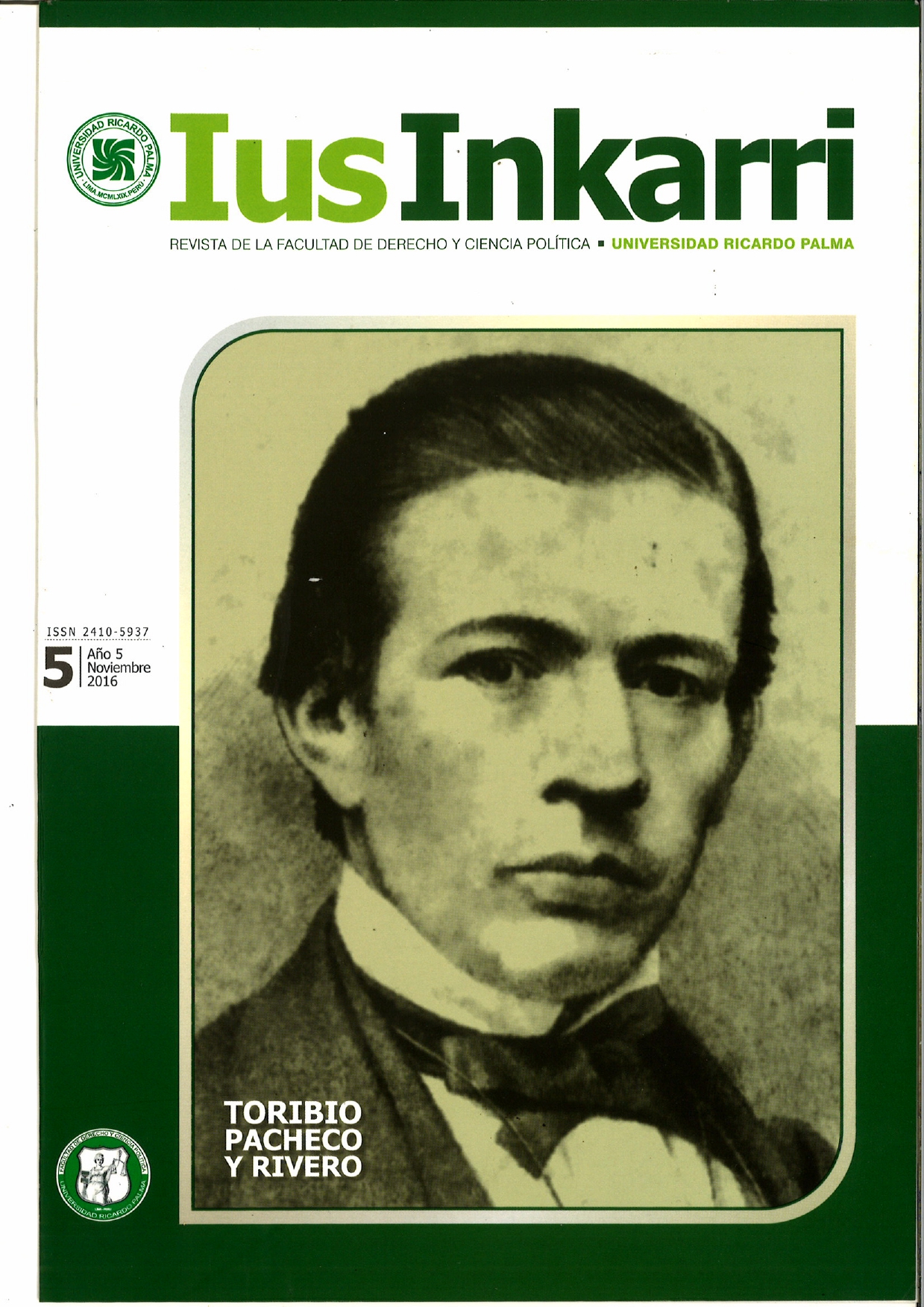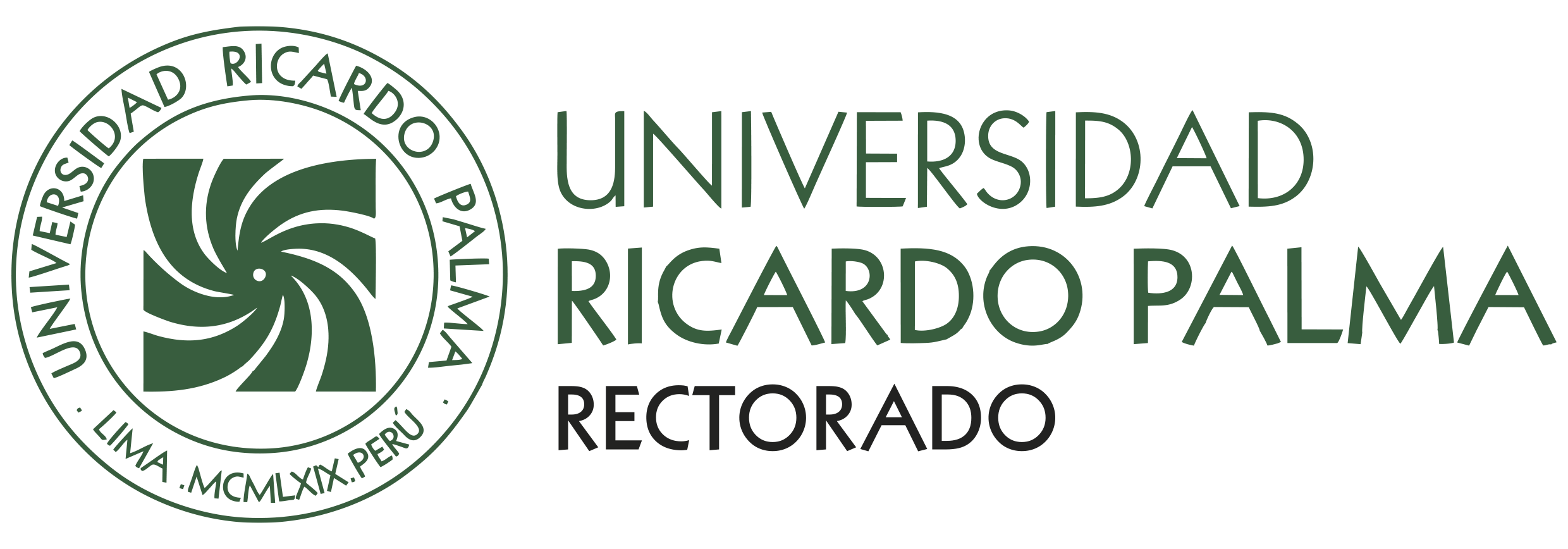Lights, shadows and chiaroscuro of the final report of the Commission of Truth and Reconciliation Commission (TRC): An analysis of more than a decade of its presentation
DOI:
https://doi.org/10.31381/iusinkarri.vn5.4220Keywords:
Report, Commission, Truth, Reconciliation, Terrorism, Violence, Armed Forces, Sendero Luminoso, Responsibility, Security, SovereigntyAbstract
This work focuses on analyzing the most salient and controversial aspects of the final report of the Commission of Truth and Reconciliation Commission (TRC), developed in Peru by an ad hoc working between 2001 and 2003, in order to know and understand in greater depth the political and social events that shook the country between May 1980 and November 2000. That period covers from the public appearance of the Shining Path with burning ballot boxes and election materials in the distant town of Chuschi ayacuchano until the resignation of Alberto Fujimori President of the Republic via fax from Tokyo, Japan. The events during those two decades dramatically changed the country and defined the face of the current Peru facing the XXI century. However, although the final report of the TRC represents the most serious effort and systematic to explain the origins, causes and consequences of that fateful historical period, said research has proven to be the most contentious, controversial and polarizing our history. The article that follows, is a personal effort to balance the positive and negative aspects of a report, more than a decade since its official launch, continues to generate debate and polarize Peruvian society.
Downloads
Downloads
Published
How to Cite
Issue
Section
License
Copyright (c) 2021 Renzo Chiri Márquez

This work is licensed under a Creative Commons Attribution 4.0 International License.













